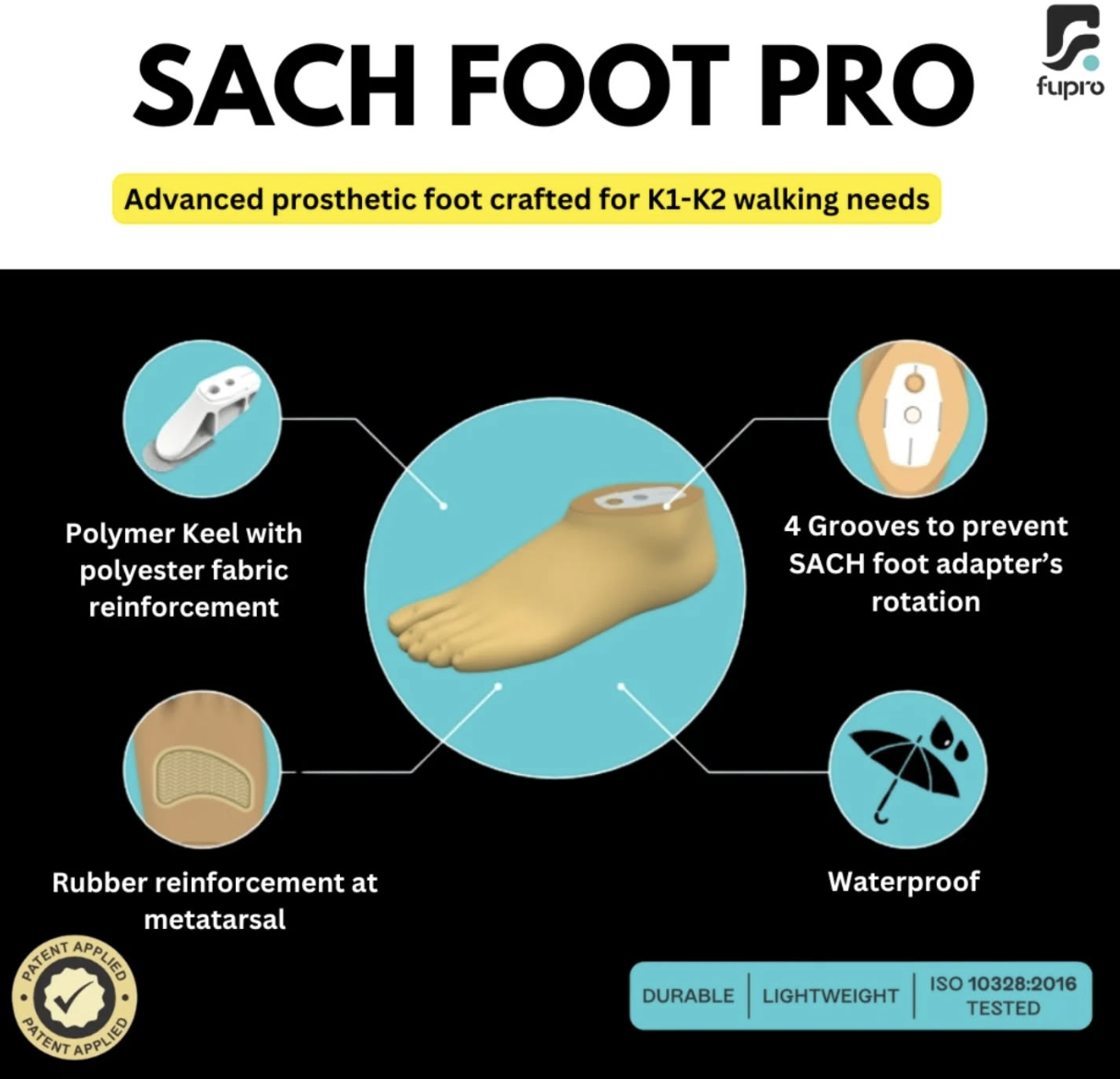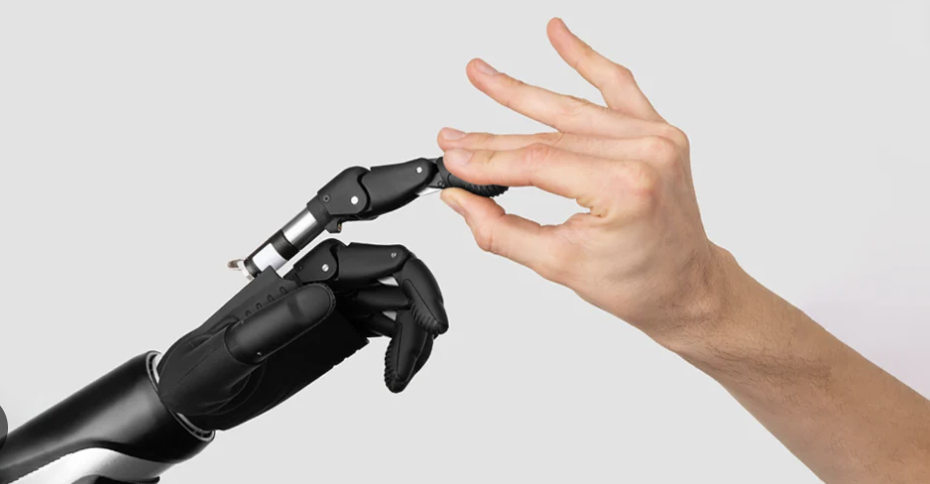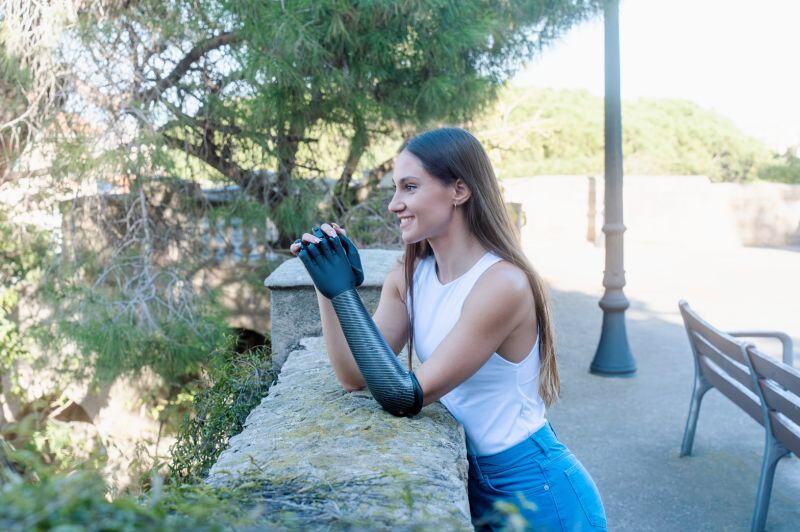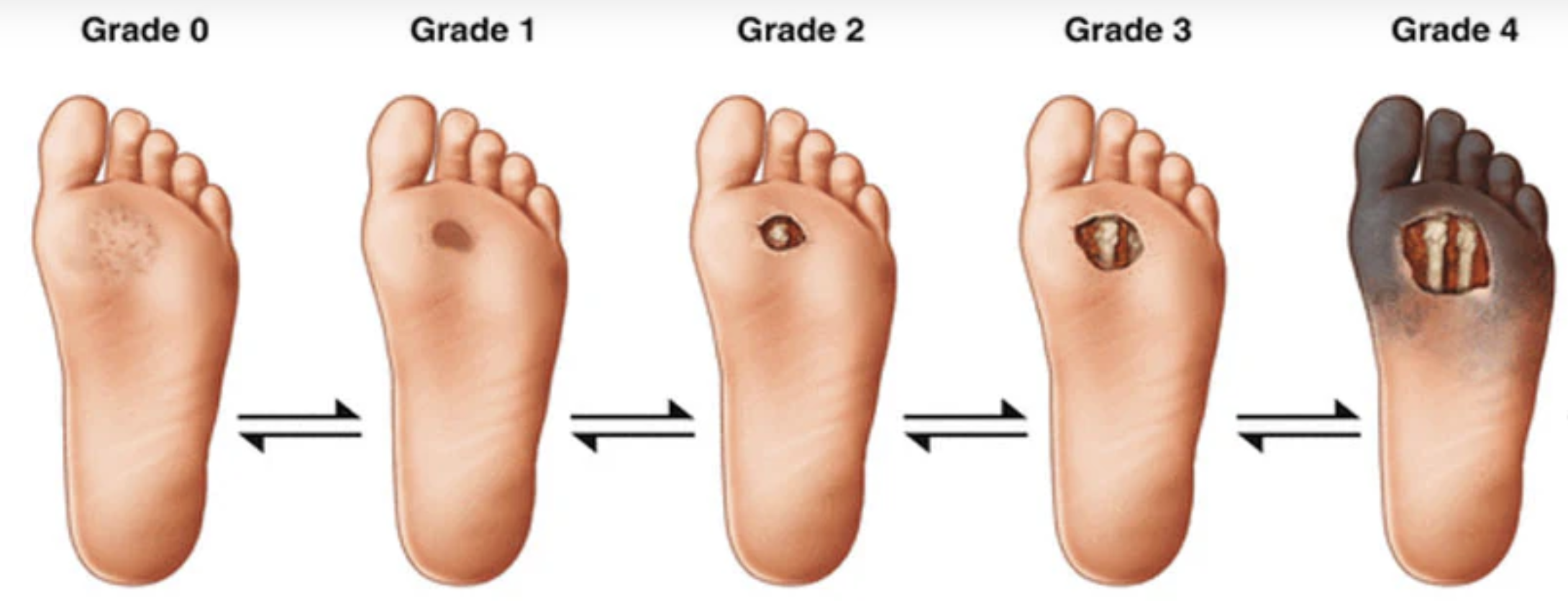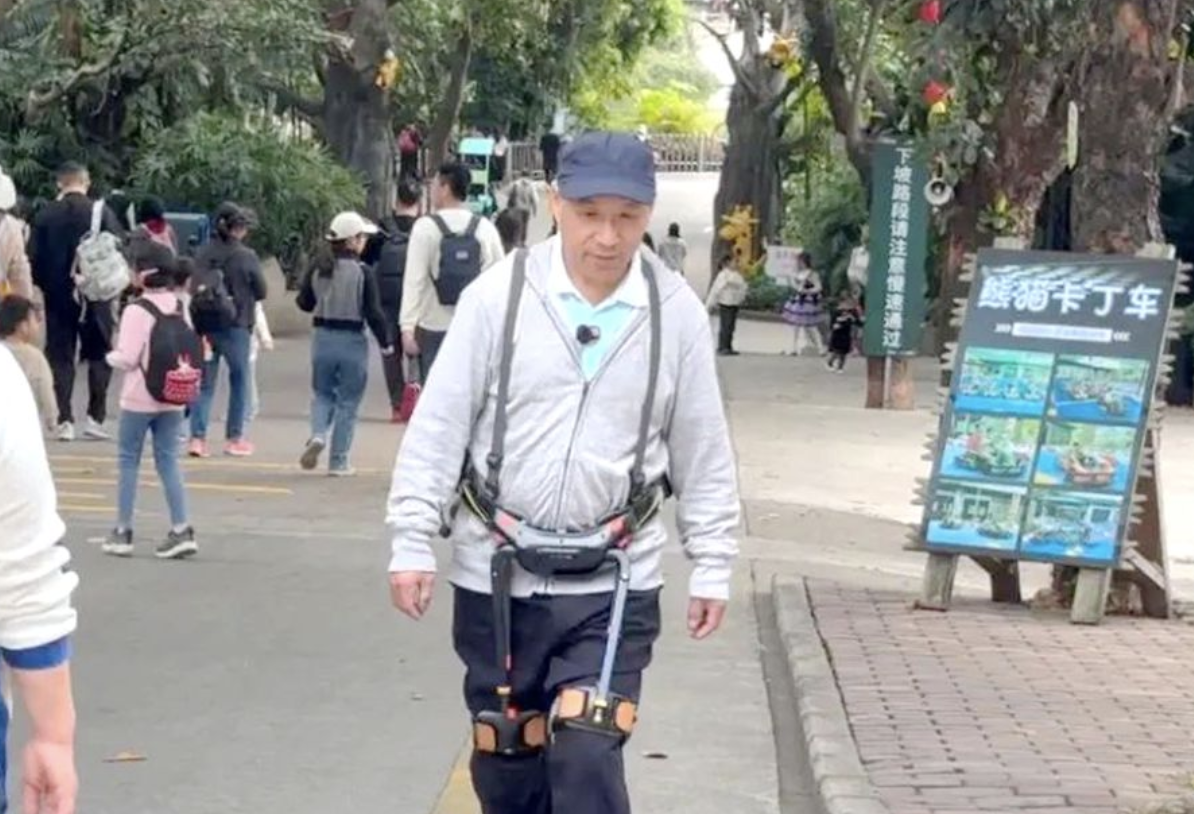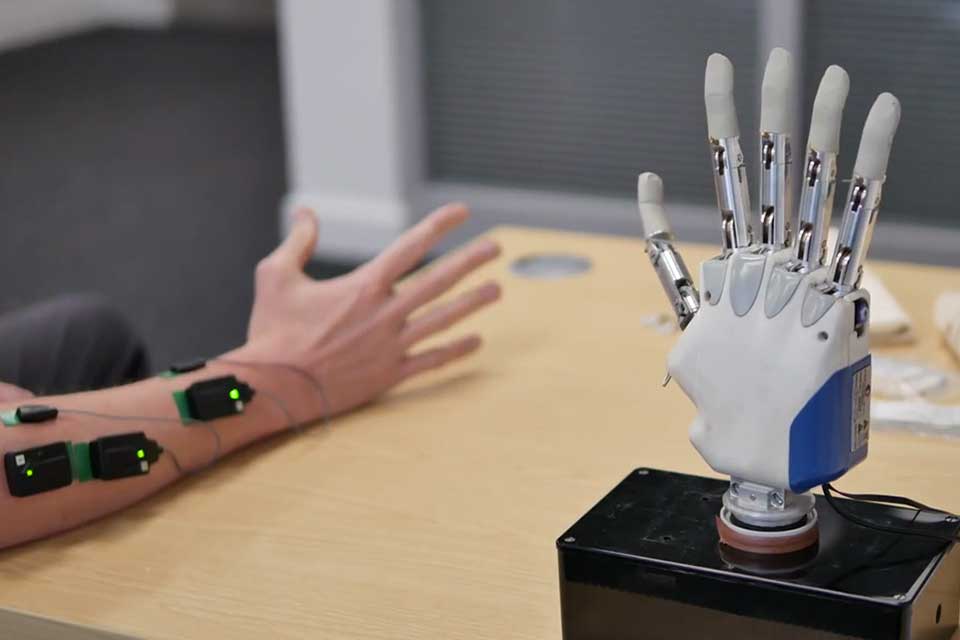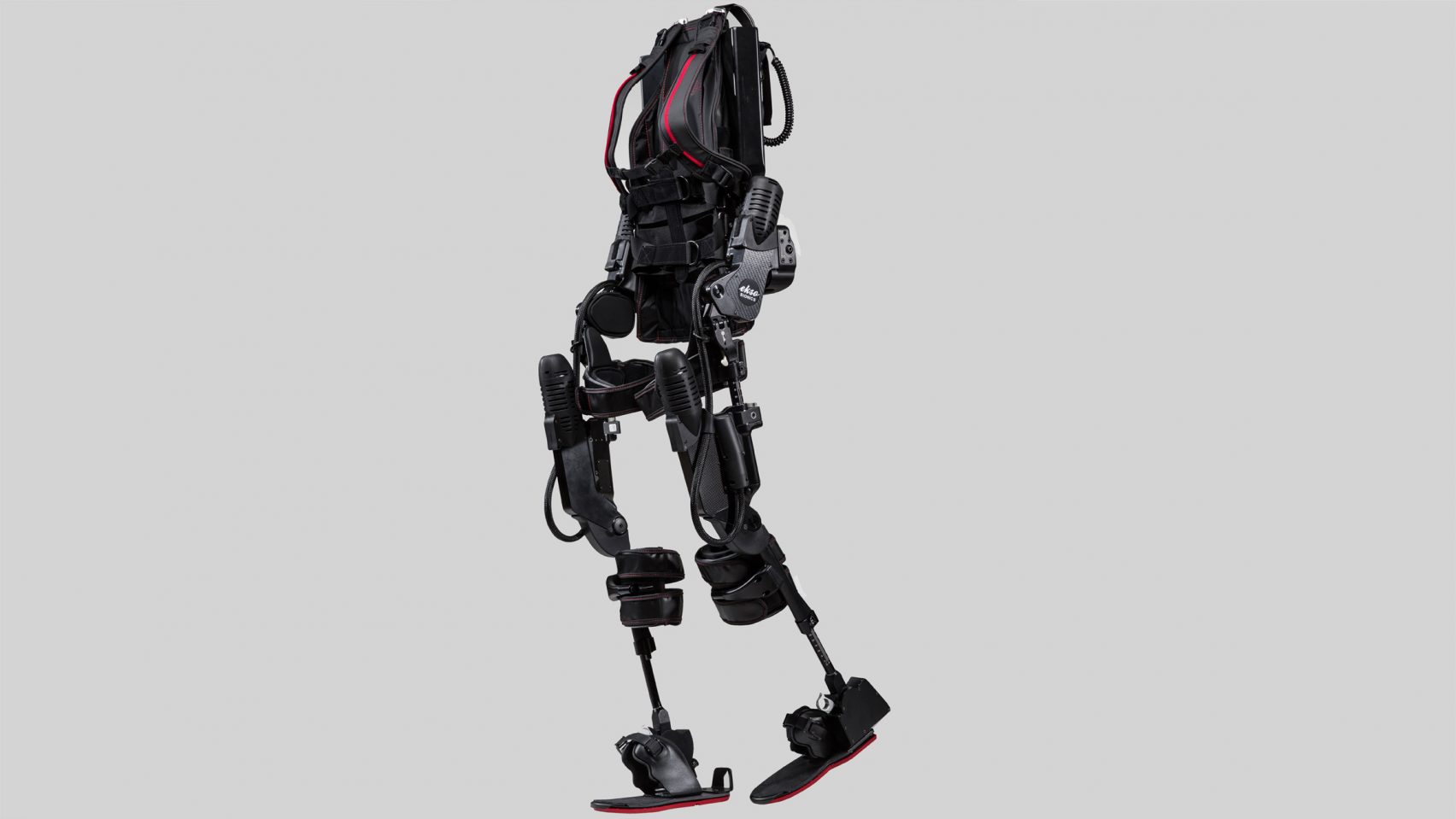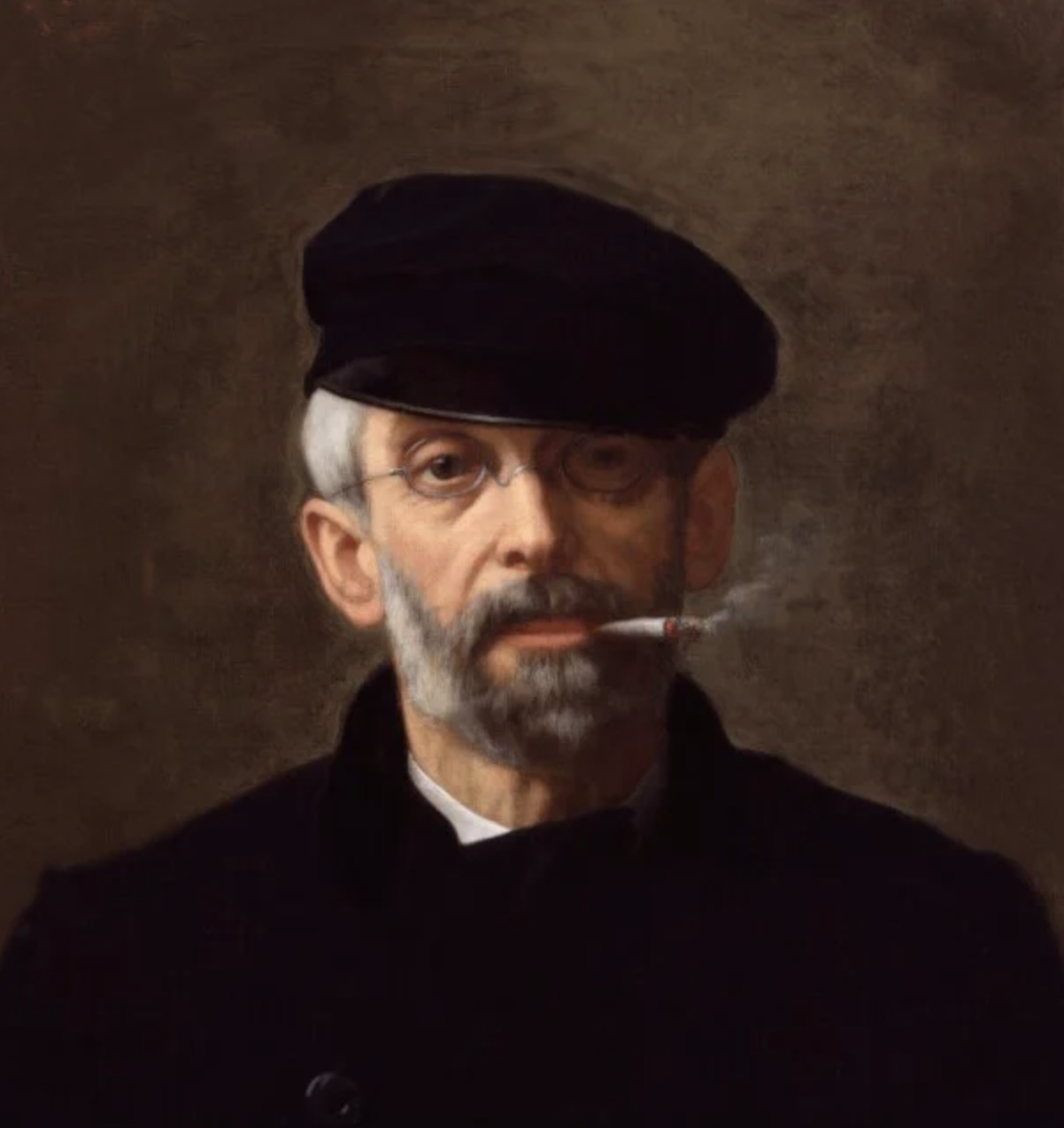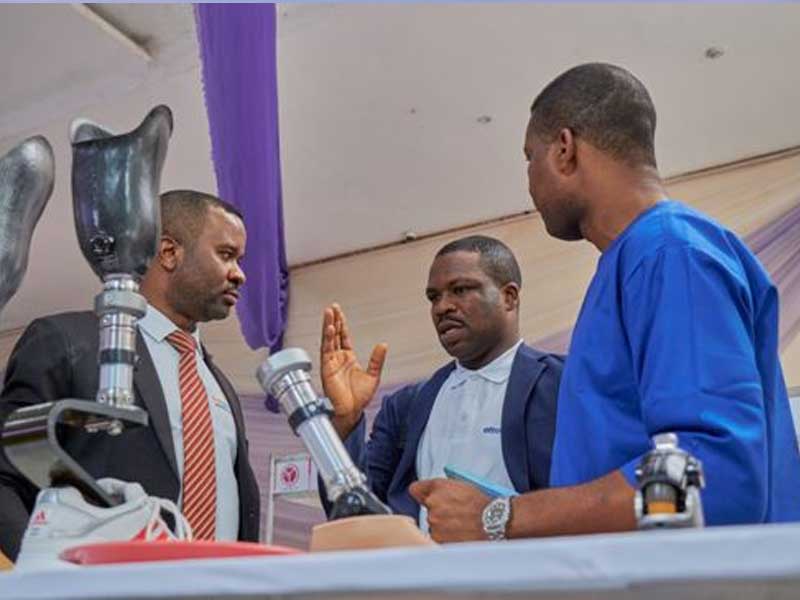In the middle of the 20th century, when Poliomyelitis (Heine-Medin disease) was frequent syndrome, leather and steel lower limb orthoses was very popular.


This disease name’s emanates from two scientists names: Jakob Heine (described the disease as in 1840 as an cerebral palsy) and Karl Oskar Medin (described it in 1890 as an serious infectious disease). To 19th century the disease occurred sporadically, then there was an epidemic, especially in the northern hemisphere.

Imagine we are by the end of the 50s of the 20th century. A small boy drank water from unclean bottle or shook the other child’s hand, who didn’t wash it after going to the toilet. The small boy was unconscious that he contracted the poliovirus giving the Poliomyelitis. Infection developed slowly by attacking the nervous and respiratory system. Patients, who couldn’t breathe autonomously, was put into tank called “steel lungs”, which used under pressure ventilation system stimulating self-breathing.

Although, the patient could breathe in the machine, he could do nothing more other than watching into mirror (upside down).
In the most critical 1952 year more than 21.000 Americans came down with POLIO and 3.000 died. Lifesaving of the small children was everyday life.
Poliovirus attacks nerves. It causes legs and arms paralysis, sometimes with meningitis. Result from it can be disability. 30-40 years ago the POLIO was dreaded in the whole world. Is it possible still to meet people on the wheelchairs, which had POLIO during their childhood.

Metal and leather orthoses were very popular everywhere: in the shop, theatre, nursery school or the cinema. It was used by Forrest Gump also.

The father and creator of the orthopaedic devices is Ambroise Paré. He was born in 1510 in Bourg-Hersent (France) and died 20th of December in 1590 in Paris. He was French surgeon.
When he was 20 he worked as an surgeon in French army. Thanks to this experience he described more humanitarian methods of the injured treatment. His talent was noticed and he became a private surgeon of the king Henry II and then king Francis II, Carol II and Henry III.
In 1537 he discovered hemostatic claw to close dishes what decreased mortality rate during amputations.

In general surgery he created method of hernias management. He engaged also in orthopaedics, where introduced treatment with windlass mechanism. He supplied patients in cosmetic prosthesis and metal corsets to scoliosis treatment.
Pare emphasized the high rate of children with club foot. This is innate deformation based on plantar flexion and adduction. He designed special device to treat this condition.
The word “orthopaedics” was used by French doctor Nicolas Andry in 1741 for the first time. In those days, this term was used in connection with correction the children deformation such as rickets. It emanates from Greek words: Ỏρθος (orthos) – straight and Πάίδον (paidi) – child what mean “straight child”.

Nicolas Andry de Bois-Regard (was born in 1658, died 13th of May in 1742) was French doctor and writer. He played a key role in parasitology and orthopaedics. Wrote a book called “ORTHOPEDIE” which was published in 1741. It was translated for English in 1743 as an ‘Orthopaedia’ and was designed more for parents then doctors. The book shows theory of the human anatomy, skeleton structure and method to correction the deformations. Andry explains in his book that its title based on two Greek words: Orthos, what means straight (without deformations) and Pais as an child.

On the ‘ORTHOPEDIE’ wrapper was incised straight rod with crooked tree. It was a metaphor of children deformation correction.
This plate is the international symbol of the orthopaedics and it is used very often by a lot of various institutions in many countries.

In 18 century Swiss doctor Jean-Andre Venel specialized in a children deformation treatment. He was the father of the orthopaedic supply. In his institute the production of various orthotic devices to treat children was set up.
Jean-André Venel (was born 28th of May in 1740, died 09th of March in 1791), was born in Morges as an son of the physician Jean-François Venel. He studied medicine in Montpellier, Paris and Strasburg. He worked as an surgeon in Orba and Yverdon, and then, between 1770-1775, he was on duty in count Stanislaw Potocki.
Venel opened in 1778 in Yverdon the first of midwife school in Switzerland. Then, he set the first on the world orthopaedic clinic in 1780 in Orbe up. In his hospital was orthopaedic, rehabilitation and prophylactic services. It was the first clinic where the children with skeleton deformation was treated comprehensively.
His institute was the model for other hospitals in Europe. In addition, Venel designed and manufactured orthopaedic devices for his patients.
In 19th century Antonius Mathijsen, Dutch surgeon of Army, invented the plaster cast and, as an innovator, used it to immobilize the fractured bones.

Antonius Mathijsen was born in 1805 on 4th of November in Budel next to border with Belgium. He educated in hospitals in Maastricht, Brussels and Medical Military School in Utrecht. After finishing the studies in 1828 he was the doctor of the Army of the Kingdom of the Netherlands. He used the cast for the first time during the working in hospital in 1851 in Haarlem. He discovered that cast drowned in the water gets hardened what immobilizes the bones precisely. He published the results of his researches in Dutch medical magazine ‘Repertory’ in 1852. He left army in 1868. Mathijsen died on 15th of June in 1878 in Hamont at the age of 72. His memorials are in Budel and Hamont.
In 19th century Hugh Owen Thomas, Welsh surgeon considered the father of the orthopaedics in UK. He created ‘Thomas splint’, ‘Thomas collar’, lower limb and hip orthosis and developed the method of examination of the deformation in a lying position.

Hugh Owen Thomas was born in 1834 and died in 1891. He was a Welsh surgeon considered the father of the orthopaedics. His family had perennial practice of broken bones repair. His father Evan Thomas moved to the Liverpool at the age of 19 where repaired the broken bones. He had a trouble with the law because he wasn’t a physician. Envy of the others doctors was huge and Evan’s home burned down. In effect he sent his 5 sons to medical school.
Hugh apprenticed to a doctor in his uncle dr Owen Roberts in St. Asafa and then he studied medicine in Edinburgh and University College in London. In 1857 he came to London back and worked with his father but their incompatible characters didn’t allow to cooperation. In 1859 Hugh launched his own practice in poor part of the city.

Thomas Wrench
Hugh was known as an eccentric and hot-tempered person. Rumour had it that he wanted hire a bullies to broke the bones of people to have patients to practices. He was short and had a black jacket and a cigarette in mouth. Poor people had respectfulness towards him. Every day he admitted the patients in his apartment no. 11 on the Nelson Street and every Sunday he treated patients for free.

Orthotic supply of the club foot

Thomas splint to femur fractures treatment

Thomas method to test the hip joints
His contribution to British orthopaedics was huge. In broken bones treatment he recommended the rest which should be forced, sustained and long-standing. To that end he created ‘Thomas splint’ which allows to stabilize the femur and prevent against the infections. He created also many other medical innovations. ‘Thomas collar’ was used to tuberculosis treatment. Thomas test is the method to diagnose the hip joints deformities while patient lie in bed.

Hugh Owen Thomas was the most active scientist in orthopaedic history. Perfect command of human anatomy allows to create drastic methods of treatment by breaking bones with the special key. It was very painful method but effective. After bones correction, every limb was equipped with special device setting it in the required position.
His work wasn’t full recognized but his nephew, Sir Robert Jones, used his splints in World War I. In 1916-1918 he decreased mortality rate, caused by fracture of the femur, from 87% to 8%. Hence, this devices was used commonly.

Sir Robert Jones, after World War I ending, promoted Thomas’s work in the Liverpool by courses what improved orthotic supply in the UK.
The first patents for the medical inventions occurred at the beginning of the 20th century.

At the beginning of the 20th century the first orthoses and orthopaedic splints were invented. There was the first solutions for body support.
Design patent of the lower limb one-sided orthosis.


Australian orthopaedist Ronald Lawrie Huckstep revolutionized orthopaedic supply after fracture of the limbs. He invented the splint to bones inflammation.

After studies in Middlesex Hospital in London in 1952, Ronald Huckstep worked in Campalia in Uganda where he treated patients with polio. He operated to improve quality of life of people with severe innate deformations. His ingenuity allows to invent a lot of orthopaedic splints and other useful devices. He invented also the most famous method of broken bones repair called Nail Huckstep.

llustrations demonstrating the technique of arthrodesis with the Huckstep nail. (A) The nail is inserted into the femur in a retrograde manner until only one screw-hole is visible. (B) The nail is advanced into the tibia by pushing it with the drill-bit and using the exposed screw-holes for purchase. (C) A screw-targeting jig is used to place drill-bits in the tibia. (D) The femur and the tibia are compressed, and drill-bits are placed in the femur. (E) The drill-bits are replaced with screws.

Photograph showing the Huckstep nail and the screw-targeting device

Anteroposterior and lateral radiographs of the knee, made two months after an arthrodesis with a Huckstep nail in a sixty-six-year-old woman who had chronic infection and instability after an arthroplasty for the treatment of rheumatoid arthritis. Note that the knee is in a position of slight valgus and flexion
The basic project of lower limb orthoses hasn’t changed for more than 100 years. The leather straps were replaced by Velcro straps which are more friendly for skin and leather orthopaedic shoes were replaced by dynamic ankle brace made of light carbon fibres. Nowadays, light splints are used instead of steel. In recent years the huge development of the orthopaedic devices is noticed. Modern orthopaedic braces are more friendly for patients thanks to materials and design.
Time is going too fast. Lower limb orthoses, designed by Hugh Owen Thomas and Sir Robert Jones are history now.

They are replaced by new technologies, materials and ideas but the basic idea and functionality are still the same. It proclaims about special intelligence and genius of their inventors.

